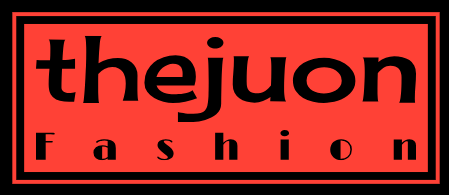Want to Save Money and Control Your Spending? Try Starting at the Grocery Store
Getting smart with your money is a bit like going on a diet. If you eat nothing but carrots, you will lose weight, but you can’t sustain that for long. The same thing goes with spending money – you can go for a short time without spending it, but you won’t be able to keep it up.
One of the best places to start becoming a savvy spender is at the grocery store. We have to spend money on groceries, and getting into the habit of controlling your shopping habits at the grocery store will help improve your spending habits when you hit the mall or the electronics store and even in the rest of your spending.
How do you find savings at the grocery store? Here are some tips for finding areas to save:
Make a list. You’ve probably already heard that you should make a list before you hit the store so you’re not tempted to buy items randomly (only to overspend.) Having a list will keep you accountable and focused when you’re shopping so you are less likely to overspend.
Don’t shop around. If you’re driving around town to big-box warehouse stores and discount grocery stores, visiting five stores a week searching out the best deals, don’t bother. If you’re strategic and just buy things on sale at your local grocery store, you can save as much as if you spent your whole day running around to different stores.
Get smart about sales and coupons. Sure, buying things on sale and with coupons is a great way to save money. But to truly find savings, the key is making sure you’re only buying it if you need it. For example, if you don’t eat white bread, don’t stock up on it just because it’s on sale – it’s a waste of money. Instead, keep an eye on your staples and stock up on those when they go on sale. Same goes for coupons: contact the companies that make your staples and ask them to e-mail you coupons directly. You’ll save time clipping coupons for things you don’t need, and save money on things you do need.
Look up – and down. The people who plan grocery stores are smart marketers, Hanna says, and what you might not know is that the most expensive items tend to be placed on the shelves at eye level. If you train yourself to look at the bottom level, that’s often where some of the best deals are.
Be smart about produce. One of the biggest expenses at the grocery store is the fresh fruit and veggies. But if you’re buying out-of-season or pre-packaged produce, you could wind up paying 30 to 50 per cent more for your healthy staples. Instead, buy whole, seasonal fruits and vegetables and saving a bit of money.
